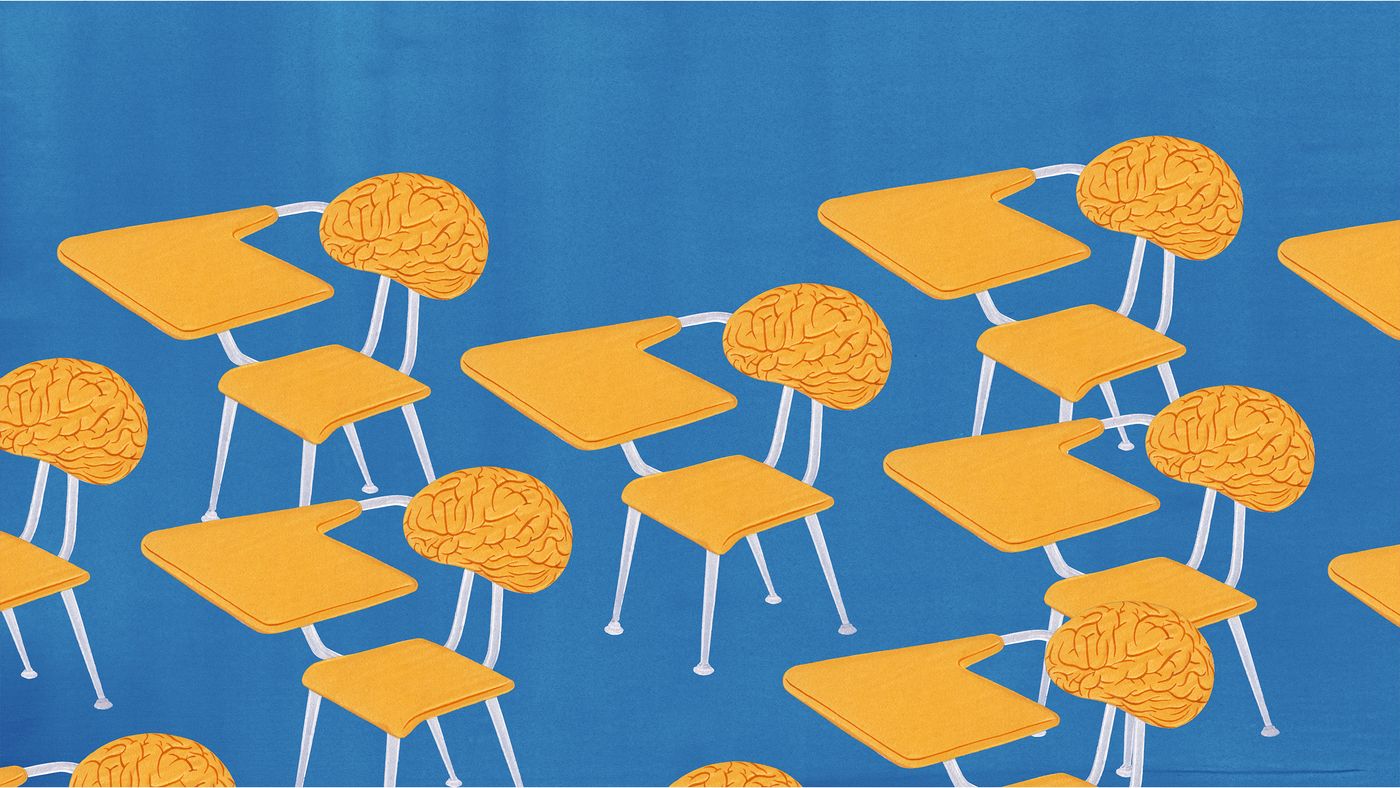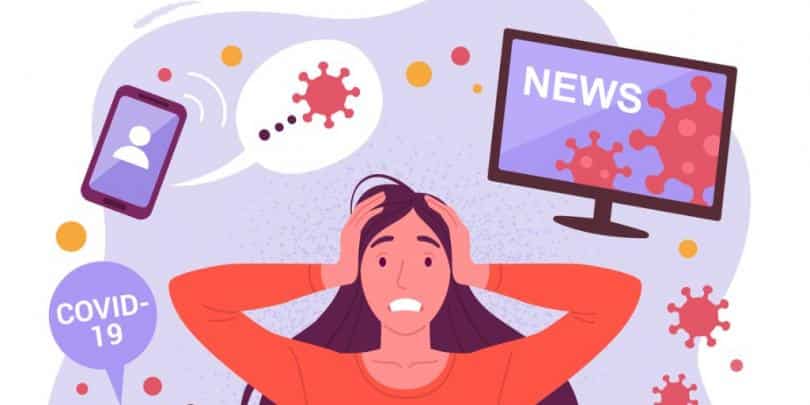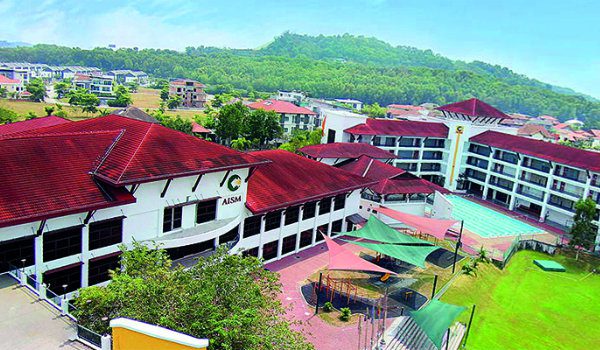Teachers can greatly aid students in internalizing lessons in long-term memory by having an understanding of how humans store and use information. Human memory is among the most crucial yet least understood parts of learning. It is our responsibility to impart knowledge and skills to pupils; this is the most significant part of our work. How many teachers, however, have degrees and teaching certifications without mentioning memory function? How frequently is a book discussion or professional development session focused on human memory? I graduated with a teaching degree 15 years ago, but I don’t recall ever taking a course on the subject. I’ve hardly ever received professional development on the subject of memory, or I’ve had to look for it myself.
I don’t know any teachers who don’t want the best for their pupils and producing instruction and a learning environment that are efficient and effective for learning calls for knowledge of memory processes and a fundamental understanding of how to operate within the limitations of human memory. What therefore do educators need to understand about memory?
Assisting students in transferring their knowledge to long-term memory
Sensation and sensory memory: Although it may seem intuitive, students must first perceive the material in order to remember it. This usually means seeing and/or hearing the information in a classroom setting. Although it is a crucial initial step, it is only temporary on its own. For instance, you are currently sensing a lot of information. Practically speaking, teachers must set up their classrooms so that it is as simple as possible for pupils to sense the information. I have all of my pupils face the front of my room, where knowledge is mostly provided, even if it’s not the most common educational practice right now. This enhances the likelihood that they will perceive the required information visually.
This brings us to your attention. Memory is useless if students don’t pay attention to those feelings. This is engagement, to use a buzzword from the world of education. The brain is focused on engagement. It is a cognitive act. This is obviously of utmost significance in terms of learning. Students have the chance to learn wherever they focus their attention. Is it concentrated on the phone screen or the required stimulation for learning? Or is it divided into several sensations?
I strive to make it as simple as possible for kids to focus on what is most crucial for learning in my classroom. This means that I try to make the environment as distraction-free as possible by taking into account the tools they may have on their desks, the artwork I have hanging on the walls, the way I present information in a clear and concise manner, and the actual arrangement of desks and chairs.
Working memory: Information can be understood and stored in working memory if students pay attention to and sense the learning material. Simply put, the information you are currently working within your working memory is what you are thinking about consciously at this moment. But again we see that although this is a very necessary step, it is not sufficient for the long-term retention of material. Working memory is quite fleeting both in its capacity to process information at any given time and in how long it will hold that information without rehearsal. To a certain degree, it’s a bit like a funnel for information—only so much material can make its way through without being lost, so it’s imperative that teachers carefully monitor the cognitive complexity of our classroom and the lessons we design.
For instance, in my classroom, this means keeping the main thing the main thing—what is absolutely necessary for my students to encounter and understand for learning? For the most part, everything that our students attend to and engage with places a load on their working memory. If the instructional design is too complicated, or not explicit enough as to what students should focus on, they may not have room in their working memory for the necessary stimulation for processing because they are focusing on the wrong information. Instructional design should remain simple, especially for new and/or complicated material.
I’m not saying that classrooms and lessons should be almost depressingly bland, but with every new piece of information or diagram or manipulative that students encounter, the load on their constrained working memory is increased. Choose wisely.
Long-term memory: As best we know, unlike working memory, long-term memory is limitless both in its capacity and in the length of time it can hold memories. From a practical standpoint, this should be a goal of the educator: getting the pertinent information to the student’s long-term memory. While it would be fantastic if the memories of classroom material were automatically processed into long-term memory, that is usually not the case. For most instructional information, this involves effortful processing.
Two of the greatest evidence-based learning strategies for this are retrieval practice and spaced practice. These techniques call for students to actively use and apply their knowledge at various points and to refer to their memory of the subject matter. This is particularly intriguing because students’ memories are now in working memory when they recall them.
In general, our ability to recognize or recall information gets stronger and more effective the more we practice doing so. Even while something may be stored in a student’s long-term memory and retained from day to day, this does not guarantee that it will always be there. Unused memories may be lost or rendered unrecoverable. It is essential to practice using information both to evaluate learning and to learn. Get a flexible schedule with private lessons all customized to your learning needs. Get connected with top tutors and scorers from international and university curriculums here today.
Check us out at www.tigercampus.com.my
Signup for a free trial today!: https://www.tigercampus.com.my/free-trial/
Whatsapp us for an immediate inquiry now: +60125022560 https://wa.link/ptaeb1








